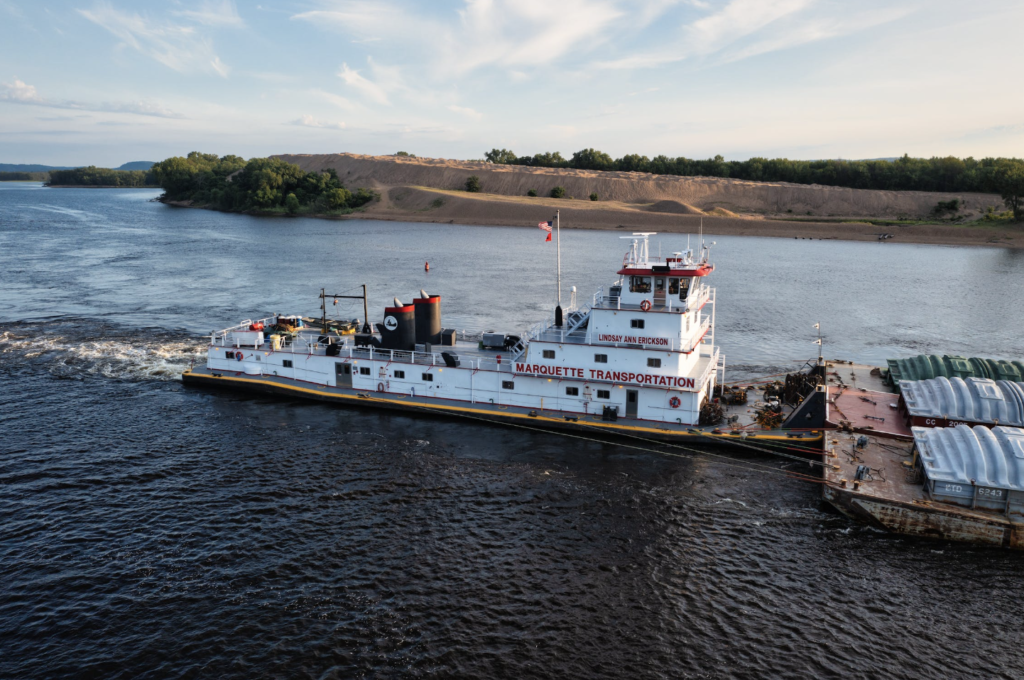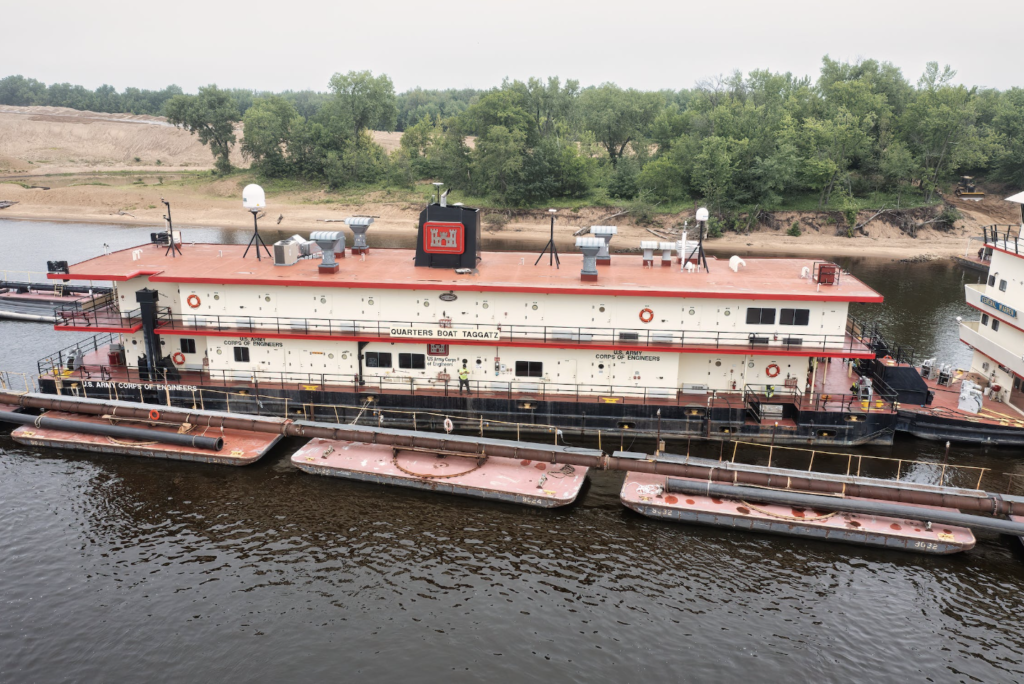Heat and dry weather have affected the Mississippi River, forcing barge firms to restrict their loads as Midwest farmers harvest crops and ship tons of grain and soybeans to the Gulf of Mexico. Farmers who saw drought destroy their fields all summer have seen higher prices. Barges transport 60% of U.S. grain exports down the Mississippi to New Orleans, where corn, soybeans, and wheat are stored and transported to ships. As river levels decrease, the cargo rate from St. Louis southward is 77% above the three-year average.


Given its height just months ago, the small river is startling. In late April and early May, northern Minnesota and Wisconsin riverfront communities had to build barriers to stay dry after a massive snowpack melted. Floodwaters left mountains of underwater sand, forcing the Corps of Engineers to “dredge like crazy” to clear a shipping passage.
Dry and warm weather has devastated Midwest crops west of the Mississippi River for months. Most of the nation’s corn and soybeans are grown in the Midwest, with over 50% rated outstanding to exceptional. The greater cost of transporting down the Mississippi undermines farmers’ revenues as American soybean and corn exporters compete internationally.




